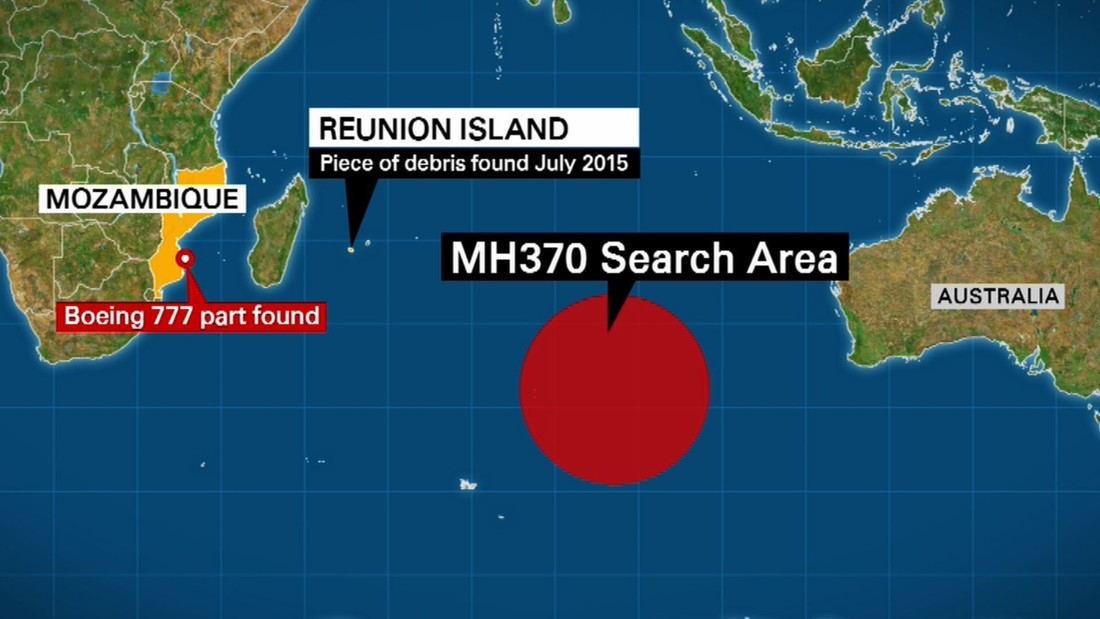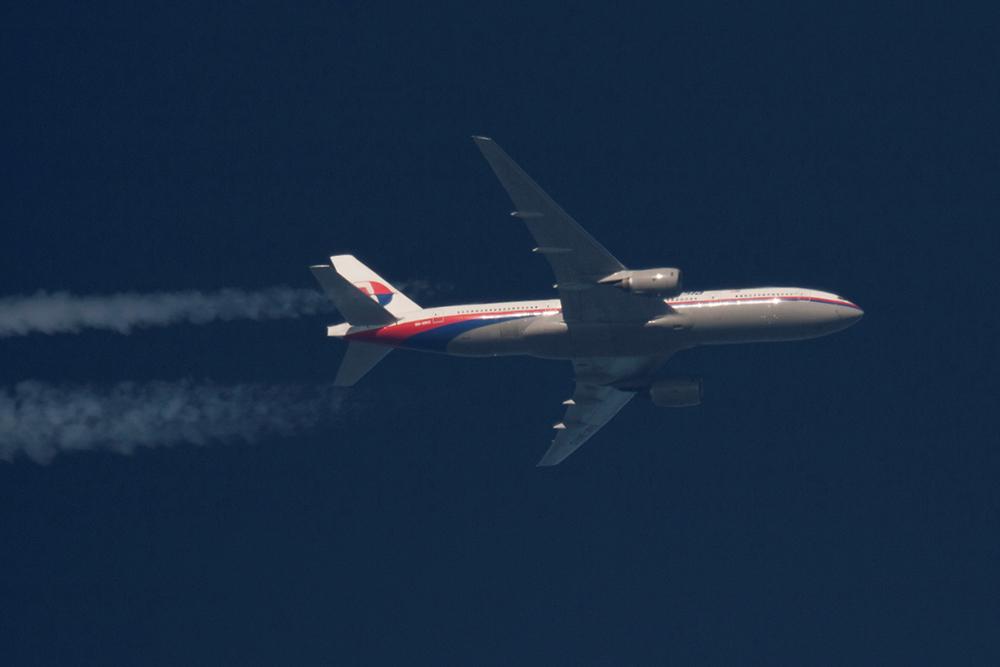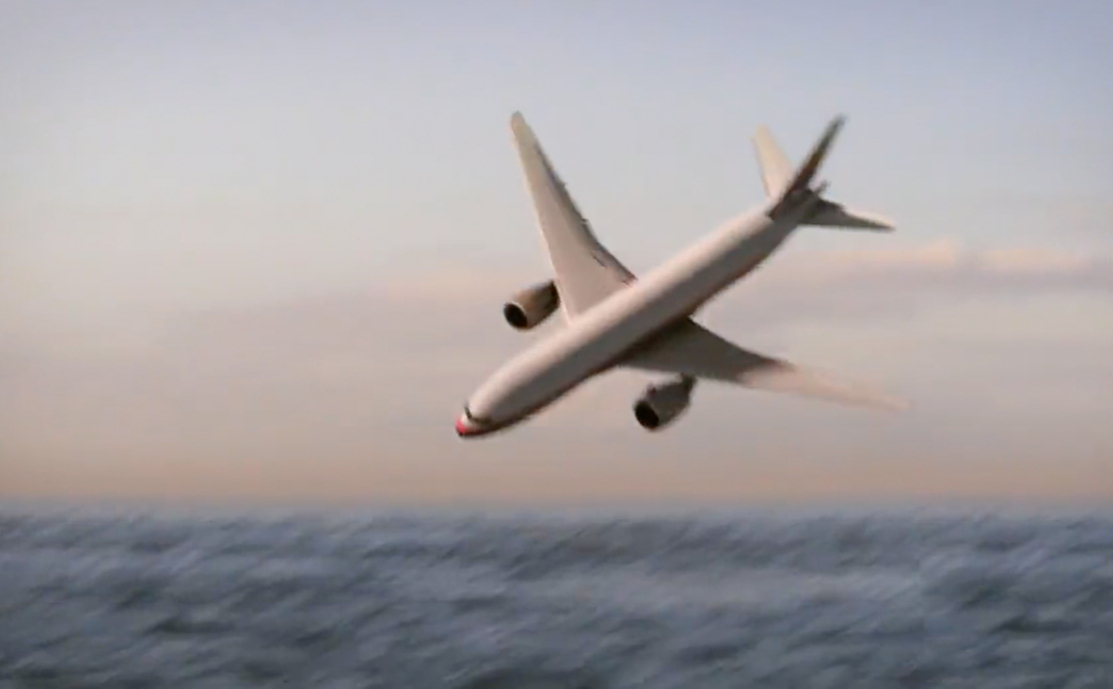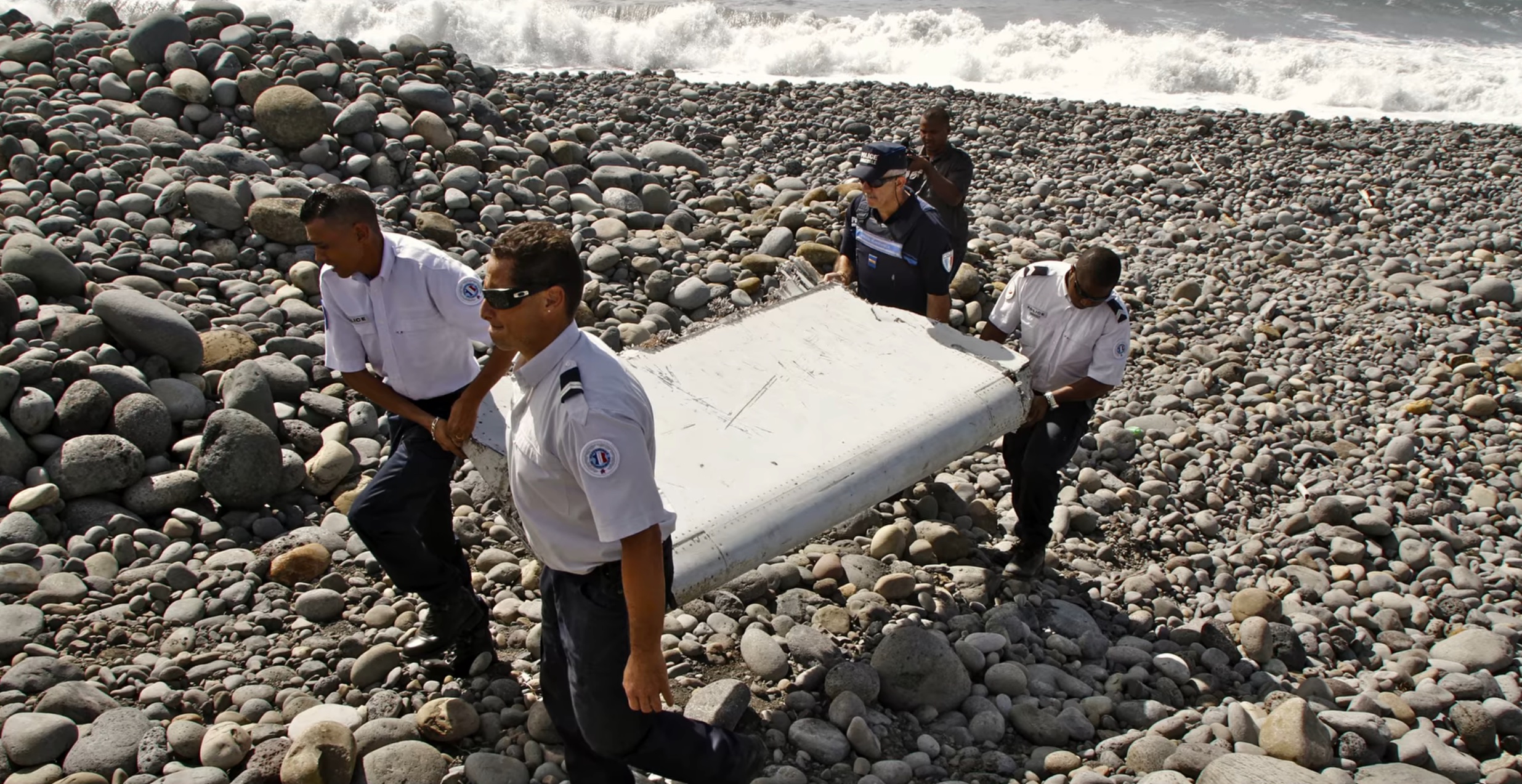The Malaysian government has approved the initiative of the US company Ocean Infinity to resume the search for Boeing 777 Malaysian Airlines, which on the night of 8 March 2014 was flying flight MH370 and mysteriously disappeared. This is reported by The Star newspaper with reference to the country's Transport Minister Anthony Loka.
According to the official, the government and the Attorney General's Office of Malaysia are discussing the final terms of the contract with the contractor.

It is expected that by the beginning of 2025 the agreement in the format ‘no result - no payment’ will be signed.
If successful, the company will receive $70 million. The term of the contract will be 18 months.
Loke specified that Ocean Infinity has proposed a new search area of 15,000 square kilometers in the southern Indian Ocean based on its own data analysis. The company, as the minister noted, is ‘confident in the new proposed area.’
It is known that Texas-based marine robotics firm Ocean Infinity was already involved in the search for Malaysian flight MH370 in 2018.

The company says it has since significantly improved and increased its fleet of surface vessels and deep-sea vehicles, which allows them to count on the success of the search mission.
Disappeared 40 minutes after take-off
A Malaysia Airlines Boeing 777-200ER on a scheduled flight from Kuala Lumpur to Beijing on 8 March 2014 disappeared in the sky over the South China Sea 40 minutes after takeoff. There were 239 people on board - 12 crew members and 227 passengers.
Three quarters of them were Chinese citizens, about 50 more people - from different countries and regions: Indonesia, Australia, USA, Europe.
There was also one Russian on board: 43-year-old businessman from Irkutsk Nikolai Brodsky, who was returning from Bali, where he was diving.

The fate of all passengers and crew members of flight MH370 is still unclear, but in January 2015 they were all declared dead as a result of an unknown ‘accident’.
According to official data, at the time of the incident, the aircraft had been in service for only 12 years, and its service life was no more than 19% exhausted.
All the necessary maintenance was carried out in a timely manner, and the aircraft was operated by experienced pilots: 53-year-old crew commander Zahari Ahmad Shah with a flying experience of 33 years, and his assistant - 27-year-old Fariq Abdul Hamid, who had been working for Malaysian Airlines since 2007.

There are reports that Shah even had a Boeing 777 cockpit simulator at his home, on which he used to practice flying the aircraft in his spare time.
He switched off the transponder and left the route
It is known that the start of the flight was in normal mode. The liner departed from Kuala Lumpur at 00:42, and at 01:19, after leaving Malaysian airspace, the crew last contacted ground services.
At that time, the dispatcher asked the aircraft commander to work with Ho Chi Minh City airport and wished him good night. The man responded by saying: ‘Good night, MH370.’
That was the last message from the airliner. Just three minutes after that, at 01:21, flight MH370 disappeared from radar.
The plane's disappearance was noticed only 20 minutes after the transponder was switched off.
Ground services attempted to contact the crew via the ACARS text messaging system and satellite phone, but to no avail.
It was later determined that the Boeing was still in the air for about seven more hours.
According to the Vietnamese and Thai military tracking stations, after switching off the transponder, the airliner first turned steeply south-west, that is, almost in the opposite direction, flew along the borders of Malaysia and Vietnam, and then turned north-west near the island of Penang in the Andaman Sea.
At about 02:22, the aircraft left the radar range, and it is not known what happened to it next.
The plane crashed into the ocean
The search and rescue operation began with a survey of the South China Sea, where the aircraft last made contact.

Then the search continued in the Strait of Malacca and the Indian Ocean off the western coast of Australia. Eight countries took part in the operation, sending 19 ships to sea and 21 military aircraft into the air. However, neither the wreckage of the Boeing nor the bodies of the passengers have been found.
A glimmer of hope flickered when one of the Chinese search ships picked up a signal from an underwater locating buoy, which are used to equip aircraft in case they fall into the water.
However, they had no time to find the source of the signal - three days later it went silent. Apparently, the device had run out of battery.
In August 2014, Malaysia and Australia organized a second search operation using deep-sea vehicles.
It took place in the southern Indian Ocean until January 2017, but also without results.
The first findings that allowed us to talk about the fact of the Malaysian Boeing crash appeared in 2015 and 2016. At that time, its wreckage was accidentally found on the islands of Reunion and Rodrigues, located more than four thousand kilometers from the area of the main search for the plane.
Presumably, they had drifted with the ocean current until they were washed ashore.
In particular, an aileron flap was found, the markings on which confirmed its belonging to the sought Boeing.
After studying the fragment, experts determined that MH370 did not even try to land on the water, but simply crashed into the ocean after burning all the fuel. However, this is all that the experts managed to find out.
None of the versions were confirmed
In parallel with the search for the aircraft and those on board, the investigation of possible causes and identification of those responsible for the tragedy was underway.
One of the most popular was the version about the suicide of one of the pilots. Allegedly, having arranged the crash of the liner, he thus committed suicide.

However, the study of personal life and searches in the homes of Shah and Hamid did not yield anything that would point to this version.
A version of a terrorist attack was also considered. Investigators found that two Iranians were illegally on board the missing aircraft, who bought tickets with forged documents and pretended to be citizens of Italy and Austria.
However, after identifying the passengers, law enforcers concluded that the Iranians' goal was merely to emigrate to Europe, not to hijack the plane.
In 2019, aviation expert Tim Termini put forward his version of the disappearance of the Malaysian Boeing. He suggested that the board was destroyed deliberately, and cited four possible variants of the development of events.
In his opinion, the aircraft could have been hijacked by a crew member or an intruder among the passengers. In addition, the Boeing's demise could have been provoked by a ground service dispatcher, Termini believes.
Also in 2020, a woman was reported to have called the aircraft commander two days before the tragedy, using a SIM card purchased under a false name.
However, even this trace turned out to be false: investigators carefully studied the files of each crew member and did not establish any suspicious connections.
Finally, another plausible version of the MH370 crash was the explosion of lithium-ion batteries weighing 221 kilograms, which were in the cargo hold of the airliner.
However, even this does not explain the flight path of the airliner after the transponder was switched off.
No one is to blame
The search for flight MH370 is considered the largest and most expensive search operation in the history of mankind.
It is noteworthy that during the search, valuable data on the nature of the ocean floor was obtained and several shipwrecks were discovered.
However, the Malaysian aircraft itself never wanted to give away the mystery of its disappearance. In May 2018, the search operations were officially called off.
According to the conclusions of the international investigative team, the cause of the mysterious accident with the Malaysian Boeing MH370 was ‘unlawful interference’, as a result of which the communication systems stopped working and the aircraft was deployed manually.
The investigators' report notes that the plane's abrupt turnaround, after which it flew (most likely on autopilot) for several more hours, was unlikely to have been due to technical problems and was probably done manually by the pilot or someone else.
The resumption of the search for MH370 gives hope to the relatives of the victims that those responsible for the plane's crash will finally be identified.
After all, now that it is not known what happened to the airliner and for what reason, no one is responsible for what happened.
Meanwhile, about 40 families whose relatives were on board the ill-fated flight MH370 have refused to accept compensation from Malaysia Airlines in a pre-trial procedure.
People expect that the truth will still be established and the guilty will be brought to justice.


















